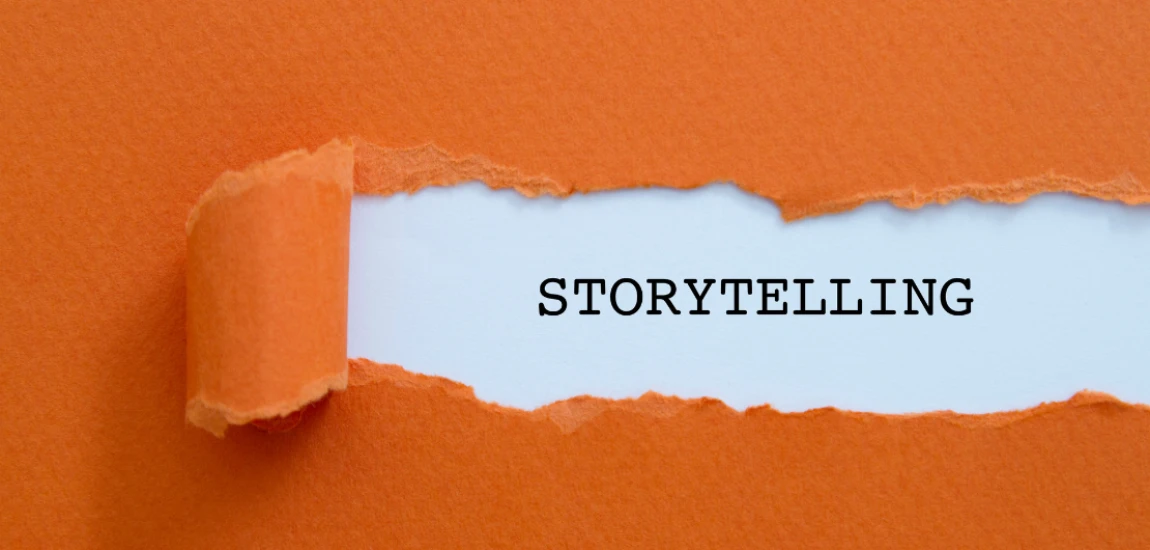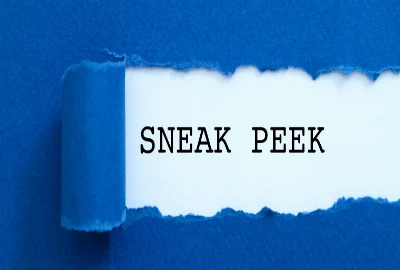AI in the Writer’s Room: Boost or Betrayal for Creative Storytelling?

The writer’s room has traditionally been a sacred space—a room buzzing with ideas, plot twists, character arcs, and dialogue debates. It’s where screenwriters brainstorm, novelists refine their outlines, and creative teams build entire worlds from scratch. But in recent years, artificial intelligence has knocked on the door of that sacred room, and the industry is divided on whether to let it in.
AI-powered writing tools like ChatGPT, Jasper, and Sudowrite can generate full paragraphs of dialogue, suggest plot directions, and even imitate the writing style of a specific author in seconds. Hollywood producers are experimenting with AI-generated treatments, while independent authors are using AI to speed up novel drafts. Some see this as a natural evolution of writing tools—no different than moving from quill to typewriter to word processor. Others warn that this could be the beginning of a creative crisis, where formula-driven algorithms dilute originality and threaten human writers’ jobs.
The big question is: when we invite AI into the writer’s room, do we gain a valuable collaborator, or do we risk betraying the human heart of storytelling? This blog explores both sides—boosts and betrayals—while also offering insight into how writers can use AI wisely without losing their creative edge.
The Case for AI: A Creative Boost, Not a Replacement
For many writers, AI is less of a threat and more of a creative partner. Think of it as a hyper-fast brainstorming assistant that never tires and always has suggestions ready. Instead of staring at a blank screen for hours, a writer can prompt an AI tool with a vague idea—“a detective in a futuristic city who hides a personal secret”—and instantly receive dozens of possible scenarios. This doesn’t mean the writer will use them all, but it breaks through creative paralysis.
AI also excels at speed. In screenwriting, for example, producers often demand multiple treatments or variations of the same concept within tight deadlines. A human team might take weeks to flesh out different versions of a story, while AI can generate options in minutes. The writer then refines the most promising version, saving time and energy for polishing instead of pure ideation.
Another benefit is democratization. Aspiring writers who struggle with structure or who have never studied screenwriting can use AI storytelling tools to learn by example. For instance, someone writing their first screenplay can ask AI to generate a three-act structure or a logline and then use it as a learning scaffold. This lowers the barrier to entry in industries often closed off to newcomers without connections or formal training.
AI is also useful for niche tasks. Need 50 background character names for a fantasy world? An AI can generate them instantly. Struggling to come up with believable scientific jargon for a sci-fi novel? AI can supply options based on real terminology. These tasks, while small, often eat into a writer’s time and energy.
Ultimately, AI works best when it’s seen not as a rival, but as an amplifier. Just as spellcheck didn’t replace editors, AI doesn’t have to replace writers. Instead, it can serve as the extra “voice in the room” that helps spark creativity and move ideas forward.

The Risks: When Algorithms Threaten Originality
Despite the exciting possibilities, many writers are wary—and for good reason. At its core, AI does not create original thought. It generates output based on patterns and data from vast training sets, which often include copyrighted works, published books, scripts, and internet text. This raises two pressing concerns: originality and legality.
First, originality. A story’s magic often comes from lived experiences, cultural nuances, or deeply personal perspectives. An AI tool can mimic style but cannot feel heartbreak, nostalgia, or joy. When AI produces text, it recombines existing words into something that sounds new, but often lacks the depth or surprise that comes from a human’s unique worldview. Writers fear this could lead to stories that feel generic or soulless, echoing tropes we’ve already seen countless times.
Second, legal concerns. If an AI tool was trained on copyrighted material, who owns the story it produces? Is it the AI company? The user who prompted it? Or the original creators whose works were used without permission? This murky territory is already being debated in courtrooms, with authors and screenwriters suing companies for scraping their works to train algorithms. Until clearer laws are established, writers risk running into intellectual property disputes when incorporating AI-generated content.
There’s also the labor issue. Studios and publishers might see AI as a cheaper alternative to hiring human writers. During the 2023 Writers Guild of America (WGA) strike, protections against AI-generated scripts became a key negotiation point. Writers demanded assurances that AI would not be used to replace their creative labor, reflecting widespread fears across the industry.
Finally, AI’s limitations extend to bias and cultural sensitivity. Since these tools learn from existing data, they can replicate harmful stereotypes, misrepresent marginalized groups, or produce content that unintentionally offends. Without careful human oversight, this could lead to damaging or tone-deaf storytelling.
In short, while AI can accelerate the writing process, its reliance on past data means it risks undermining the originality, depth, and humanity that make storytelling powerful.

Hybrid Creativity: Finding the Balance Between AI and Human Writers
The most promising future lies not in fully embracing or rejecting AI, but in finding a balance—a hybrid model of creativity. In this approach, AI handles repetitive or mechanical tasks while human writers focus on nuance, emotion, and cultural insight.
Imagine a TV writer’s room where AI is used during the brainstorming stage. The writers feed it character arcs and ask for variations of potential conflicts. The AI generates dozens of “what if” scenarios: What if the protagonist betrays their ally? What if the villain is revealed earlier than expected? These ideas are then debated, refined, or discarded by the human team. AI doesn’t replace the discussion; it fuels it.
Similarly, a novelist might use AI to expand on world-building—such as creating lore, history, or side characters—while the author concentrates on the central narrative. This division of labor ensures efficiency without losing the emotional depth only humans can bring.
Hybrid creativity also enhances inclusivity. Writers with disabilities or language barriers can use AI tools to refine their prose or structure their stories, leveling the playing field in industries that often exclude diverse voices. For instance, a non-native English speaker could use AI to polish grammar while ensuring their unique cultural perspective shines through.
Of course, hybrid creativity requires boundaries. Writers should define where AI’s input stops—perhaps limiting it to outlines, character brainstorming, or dialogue suggestions. Transparency is equally important. If a studio uses AI in a script, audiences and collaborators should know how much of the work was machine-generated versus human-authored.
By treating AI as a collaborator rather than a replacement, we can embrace efficiency and inspiration while preserving originality and emotional resonance.

Practical Tips for Writers Using AI in the Creative Process
Writers curious about experimenting with AI storytelling tools should approach them strategically. Here are some practical tips to maximize benefits without sacrificing originality:
Use AI for brainstorming, not publishing. Treat AI like a whiteboard where you throw out raw ideas. Always refine and rewrite outputs to match your unique voice.
Set role boundaries. Decide what tasks AI will handle (e.g., world-building, character names, alternate dialogue) and what tasks remain fully human (e.g., emotional arcs, cultural nuance).
Fact-check everything. AI is notorious for producing “hallucinations”—plausible-sounding but false information. Always verify historical facts, scientific details, or references.
Guard against clichés. AI tends to default to common tropes. Use its suggestions as starting points, but push beyond them for originality.
Mind ethical issues. Avoid directly copying AI-generated passages into publish-ready work without editing, as this could raise copyright concerns.
Experiment with prompts. The way you phrase a question dramatically changes the result. Try different angles—tone, genre, perspective—to see what sparks creativity.
Stay updated legally. Copyright laws regarding AI-generated content are still evolving. Writers should follow industry updates to protect their intellectual property.
When used thoughtfully, AI can streamline workflows and open creative doors, but it should never replace the deep emotional labor that defines great writing.

The Future of AI in Storytelling: Evolution, Not Extinction
Looking ahead, AI’s role in storytelling is likely to mirror other technological shifts. Just as the printing press, typewriter, and word processor each transformed writing, AI will reshape—but not replace—it.
Studios and publishers will probably adopt hybrid systems where AI assists with early drafts, formatting, or localization, while human writers ensure emotional authenticity. Independent authors may use AI to increase productivity, producing more books in less time while focusing their energy on editing and marketing. Educational programs might even integrate AI as a teaching tool for creative writing.
But the heart of storytelling—connection—remains deeply human. Audiences don’t simply want a story; they want to feel seen, moved, or transformed. AI cannot experience love, grief, or cultural identity; it can only mimic them. This means human writers will always be essential to breathe authenticity into narratives.
The real danger isn’t AI itself, but how we choose to use it. If industries adopt AI solely to cut costs, we risk losing originality and human labor. But if we embrace it as a collaborator, it could lead to new creative horizons and more inclusive storytelling.
In short, the future of AI in the writer’s room isn’t extinction—it’s evolution.




